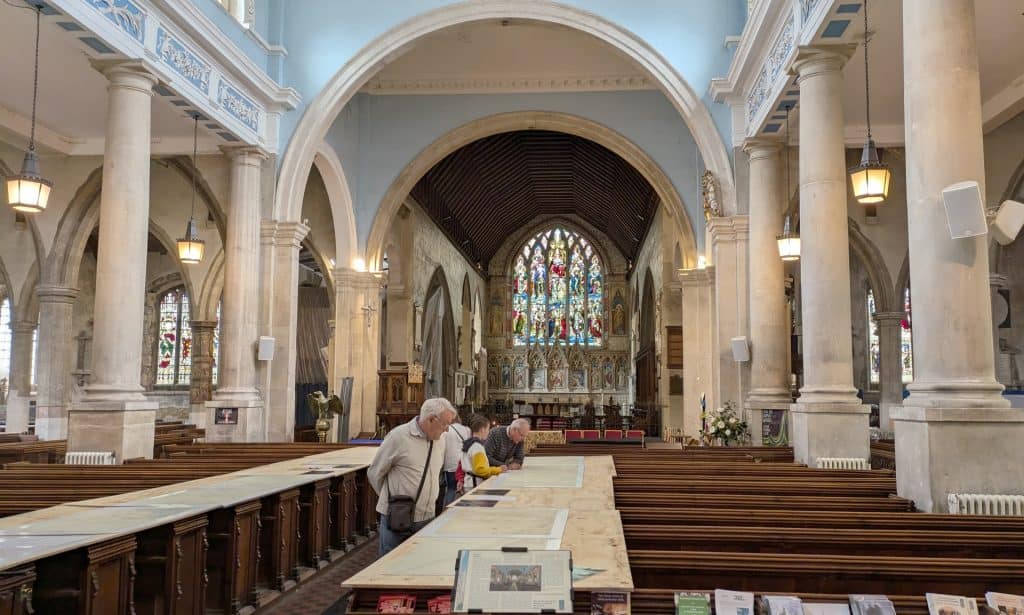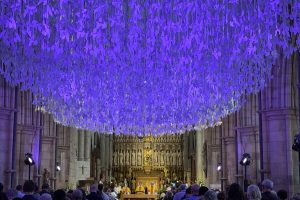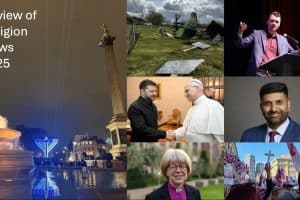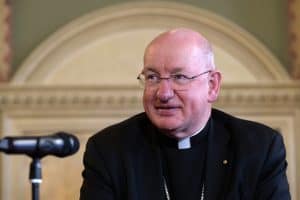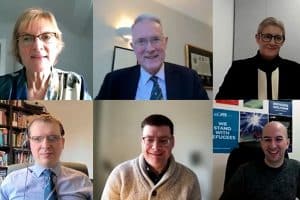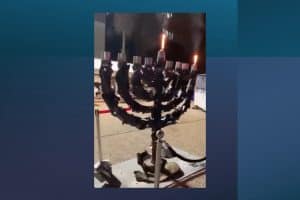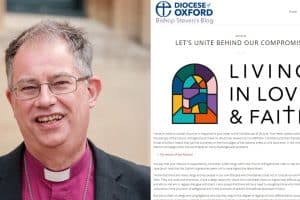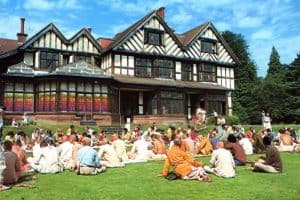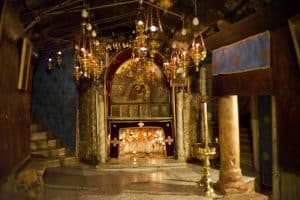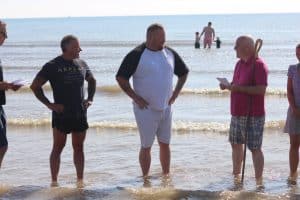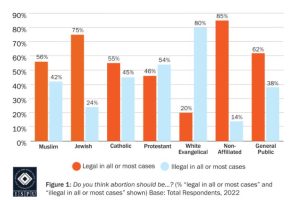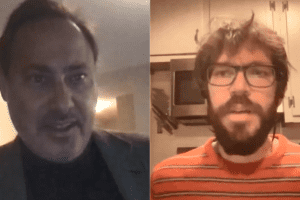By Christine Rayner
The Monty Python star Michael Palin has topped the bill there. So has the British astronaut Tim Peake and Jeanette Winterson, author of Oranges Are Not the Only Fruit.
Last month, the venue was host to a map so vast that it could be displayed at the only place big enough in the town — St Mary of Charity Parish Church, Faversham.
Creative community use of church buildings, of course, is nothing new and should not be seen as a violation of sacred space, says the Rev Simon Rowlands, vicar of St Mary’s in the medieval Kentish town 10 miles west of Canterbury.
Mr Rowlands, who is also a reserve force army chaplain, is responsible for three other churches nearby, and firmly bats off criticism from shocked visitors who view talks, exhibitions and musical concerts — sometimes with alcohol on sale in a side chapel — as inappropriate and something to be discouraged.
He is eager to share his opinion on a current discussion topic within the CofE that use of the word “church” should be redefined.
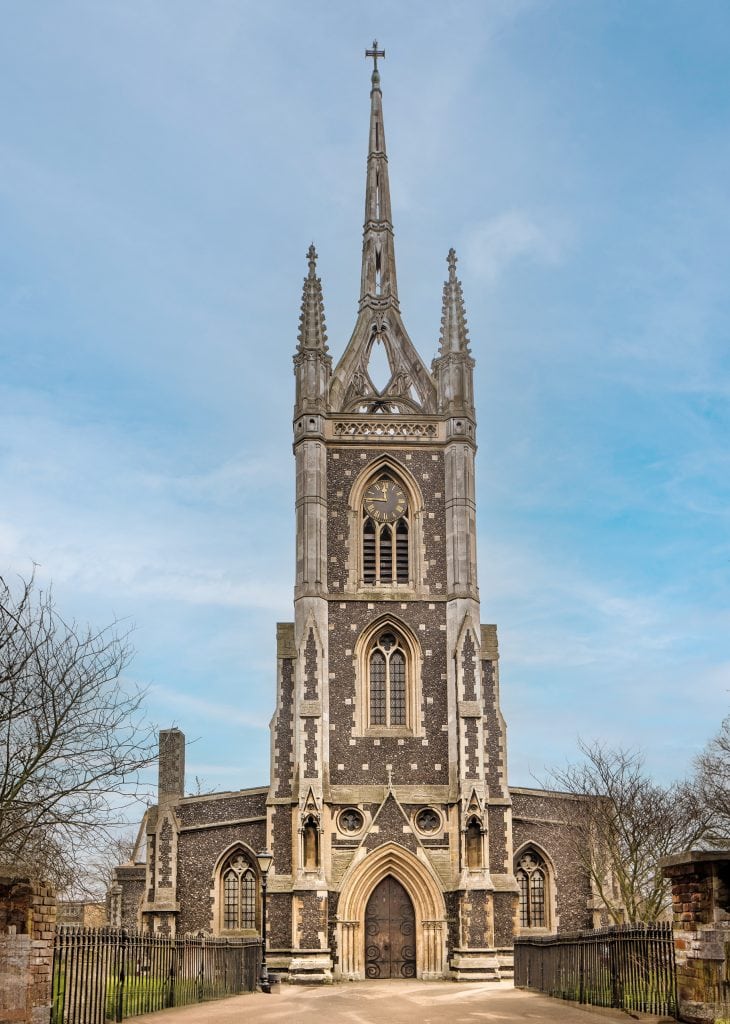
“A church is not the physical building; it is the gathered Christian community,” he tells me. “Historically, here in Faversham, the community has always made full use of the space. The town clerk’s office met here centuries ago, and there was also an early school on the premises. Merchants came here to sign contracts and it was not until the early 19th century that pews were installed, to allow people to sit for worship.”
The church, which dates from Saxon times and is believed to be the only one in the world called St Mary of Charity, is the largest public indoor space in Faversham and at 1,400 square metres, with a capacity of 700, has been much in demand for performances of music, talks and exhibitions of historical artefacts. In the past decade, St Mary’s has become a regular venue for Faversham Literary Festival in February, including Palin, Peake and Winterson.
In August it played host to a huge 19th-century map showing what the town on the north Kent coast looked like just as the railway arrived.
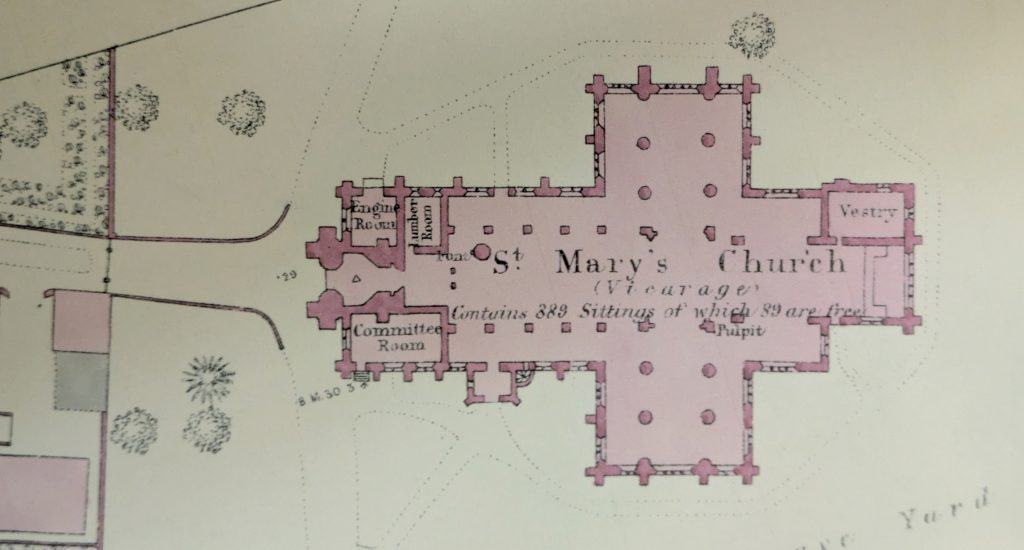
The map, published from 1865 to 1867 by the Ordnance Survey, has a scale of 500:1, or 10ft 7in to the mile, and is on 10 boards, each measuring about 4ft and 3ft. It was displayed beside the centre aisle of the church, perched over pews.
The large scale showed every lamppost, well, building boundary and the rooms in public buildings. The church itself bears the legend “contains 389 sittings of which 89 are free”. (Pew-renting was abolished in most Anglican churches shortly afterwards.)
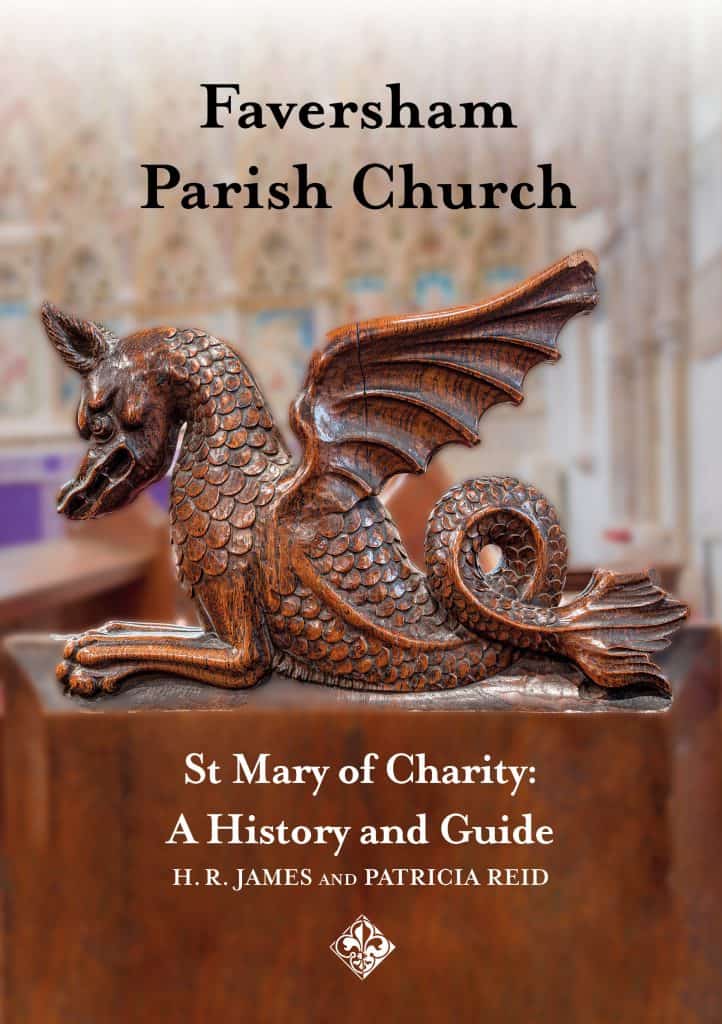
Frequent musical evenings in a variety of genres are also held at St Mary’s.
A history of the church, which was known as Our Lady of Faversham until the 1700s, has recently been updated and published by the Faversham Society, which has close connections with the church.
Mr Rowlands took holy orders at the age of 30 after working as a highways engineer for Kent County Council for 10 years and was involved in Operation Stack, the parking of lorries on the way to the port of Dover when Channel services are disrupted. For that, he says, “I have plenty of things to seek confession for.” In 2013 he was deployed for three months as chaplain to the military hospital in Camp Bastion in Afghanistan.
He has been at St Mary’s since 2013, and also priest for three other churches in the benefice: St Catherine’s, Preston-next-Faversham; St Mary Magdalene, Davington (part of a Benedictine priory where Bob Geldof now lives); and SS Peter and Paul Church, Ospringe.
Mr Rowlands is eager to see more festival events held within the church, underlining that it is where “sacred meets the secular”. He quotes one visitor to a literary festival event who appeared shocked to see wine being sold to members of the audience and forthright language being used by the speakers.
“I told them I had no such worries — these were public events and it was great to see the space filled with happy people.” He admires what is being done in cathedrals and churches across the country, including the installation of a model railway layout in York Minster by Pete Waterman, the pop entrepreneur and railway enthusiast. Just up the motorway from Faversham, the nave of Rochester Cathedral has been used several times for family attractions, including crazy golf and art installations.
St Mary’s has also been used for several big public meetings to discuss topics of importance to town life, including the long-awaited installation of a new road bridge over Faversham Creek and a proposed large housing development by the Duchy of Cornwall. Both meetings became quite heated, but the vicar was there to ensure that the issues were fully debated by both sides.
“It is profoundly important that people from the community can come here, make their voice heard, but that they also respect the space,” he says.
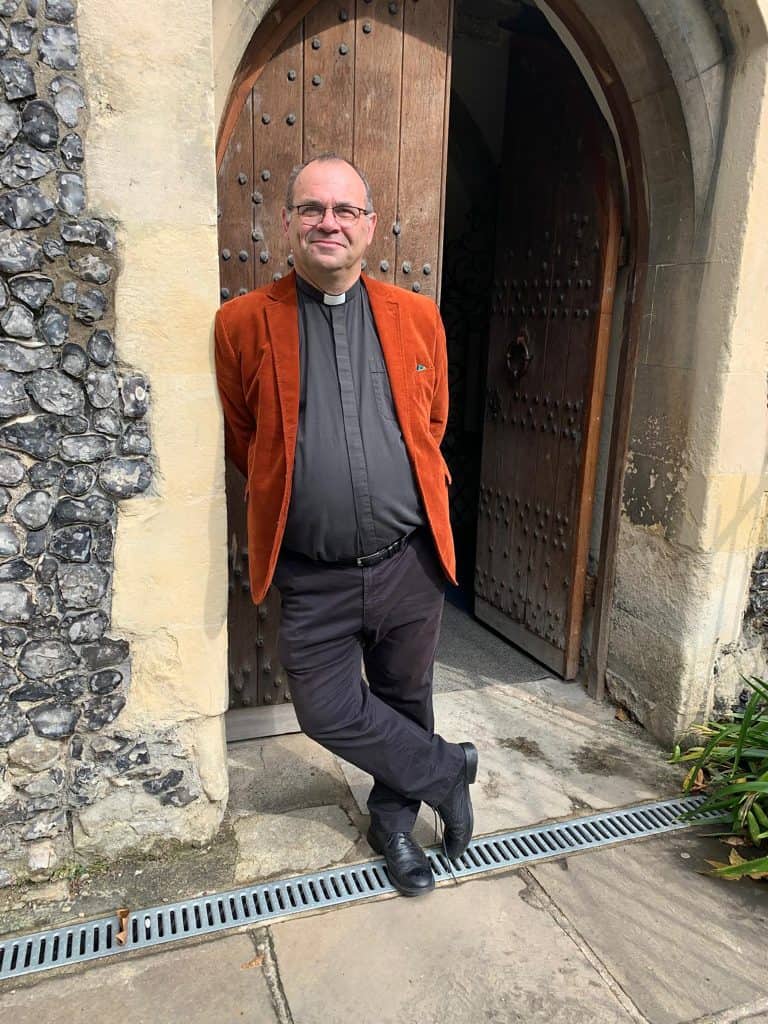
He and his wife Gail have one son, Josh. Dad remains non-political, but Josh, 33, does not. In May, Josh, who works for the food bank in town, became Mayor of Faversham — the youngest to hold that role in the town’s 600 years of civic history. Gail, too, likes to make her voice heard. “I don’t tell people how to vote,” Mr Rowlands says. “I just tell them to vote.”
The management of St Mary’s and Simon’s three other parishes have all signed the national “inclusive church” agreement, which promises zero discrimination on grounds of disability, economic power, ethnicity, gender, gender identity, learning disability, mental health, neurodiversity, or sexuality.
He says: “I was moved to join the inclusive church movement after hearing the story of Lizzie Lowe, a 14-year-old Christian who took her own life in fear of not being accepted by her church because of her sexuality.”
Physical evidence of the “welcome all” agreement at St Mary’s can be seen in the installation of a ramp from the front door to allow easy access and a sound loop for people with hearing issues. Work has just started on a new kitchen and disability friendly lavatory in a side chapel.
The inclusivity policy brings Simon into contact with people from all levels of society, sometimes those who are desperate for help with a variety of personal issues. “I am constantly on guard to support vulnerable people,” he said. “Sometimes they disclose problems to us because they are so broken and they need someone to listen.”
The Canterbury Diocese employs two full-time safeguarding officers who are experienced social care practitioners to support work in the parish and Mr Rowlands has had to call on their help several times. The most vulnerable in society are usually children and elderly people, he said.
His role as army chaplain has given him the skills to deal with the emotional aspect of being a parish priest. He will never forget the experience in the Camp Bastion hospital and tells of holding the hand of dying soldiers of all faiths and of chatting to a surgeon who apologised that he was “not a Christian”.
“I asked his first name and said we met on the grounds of what brought us together, not what kept us apart,” he says.
The vicar is vocal, too, on his view that he “does God, but doesn’t do religion”, explaining that he tries to live his life according to Christ’s teaching. Our conversation moves to the difficult topic of euthanasia, which he believes will become law in the UK within the next decade if not sooner.
Mr Rowlands says: “My concern is that with the failure of successive government to tackle social care, vulnerable people are open to coercion to stop them being a drain on family resources. How will the most vulnerable be protected from the economic and emotional pressure of society?”

